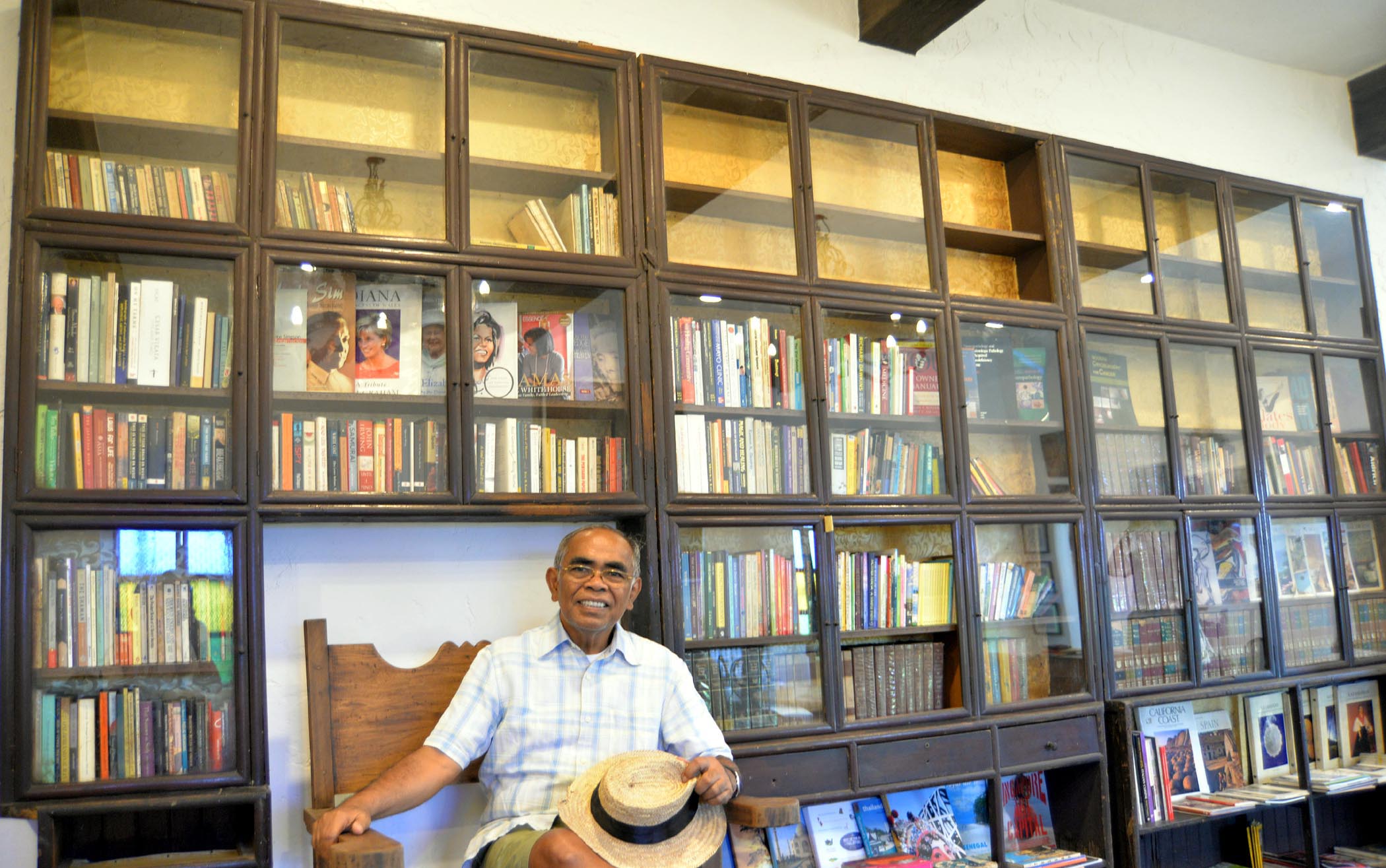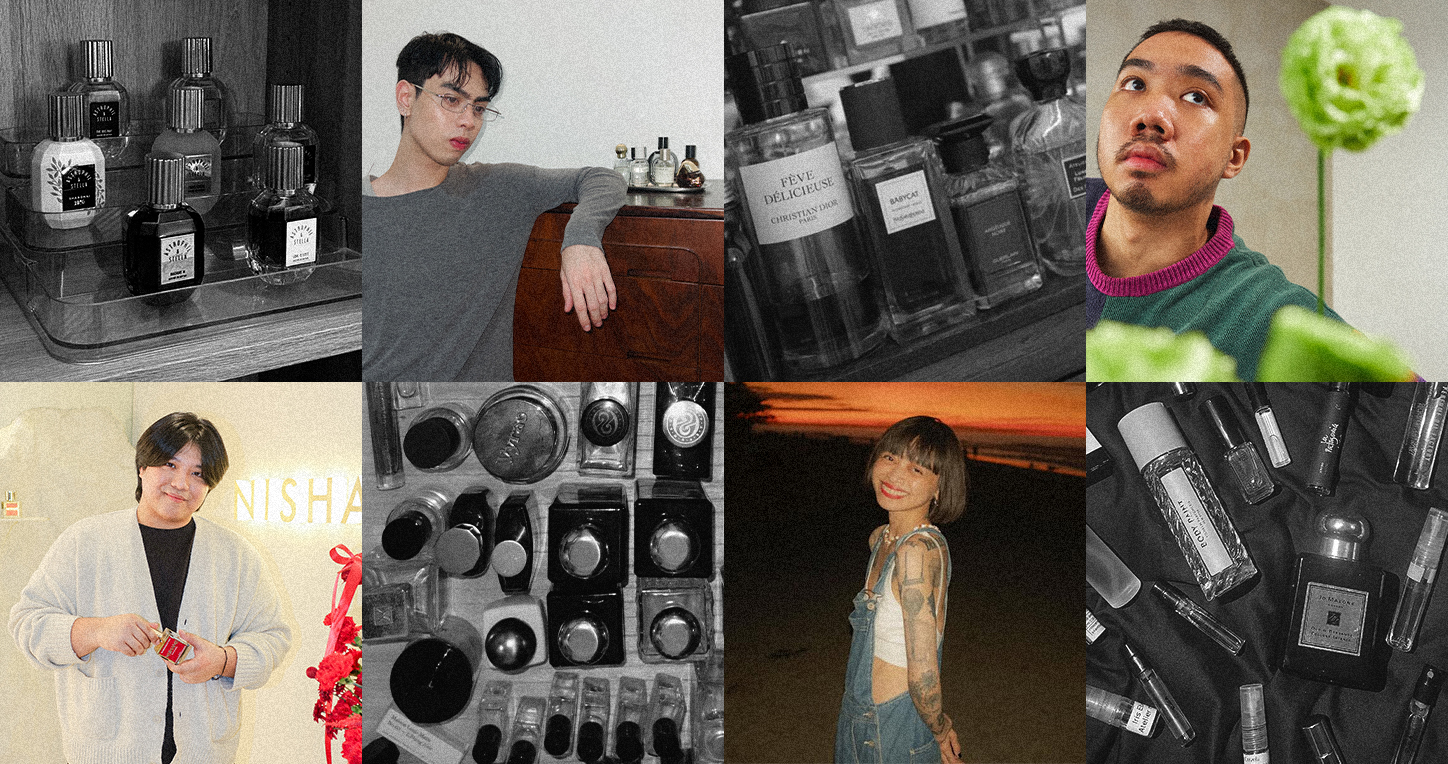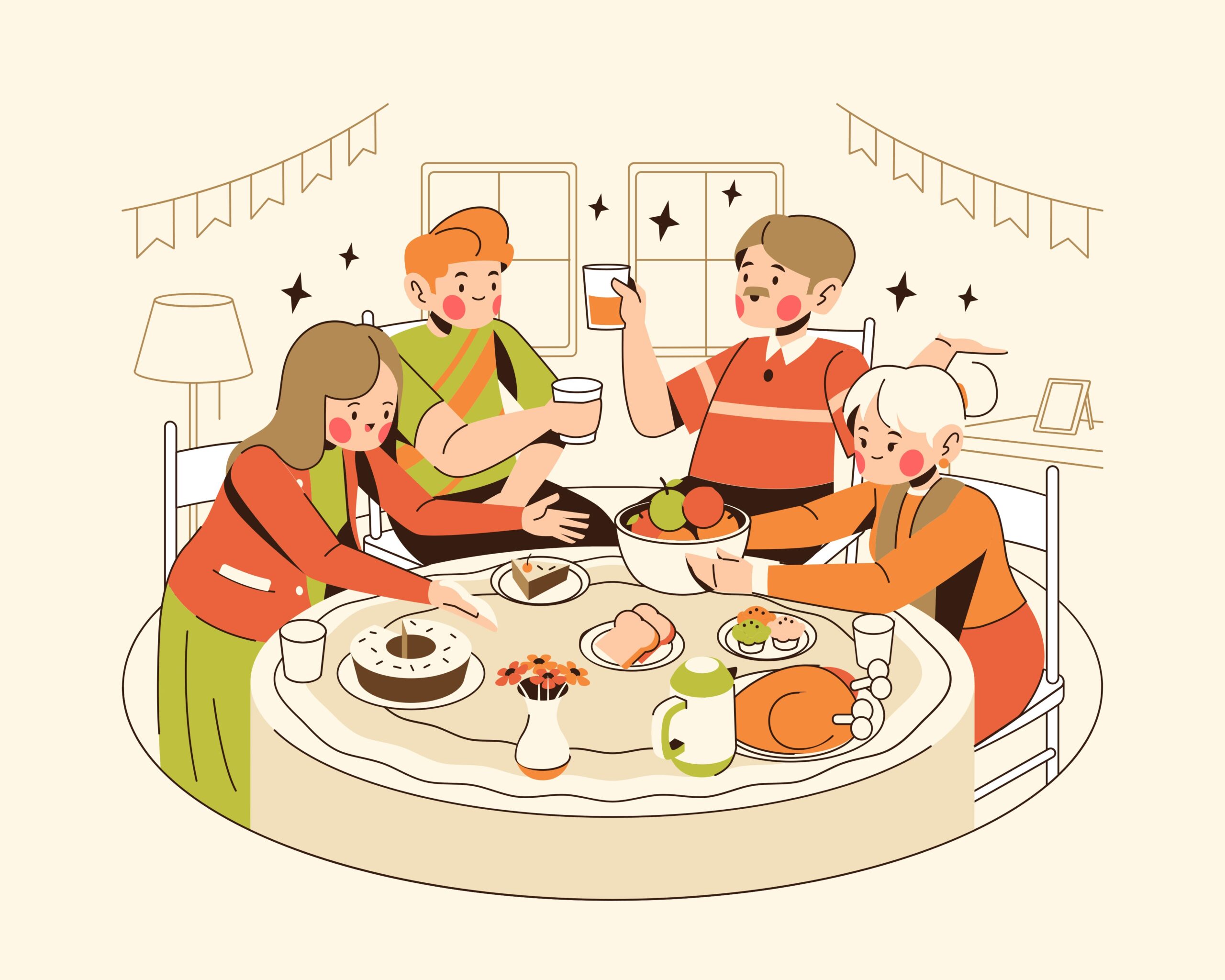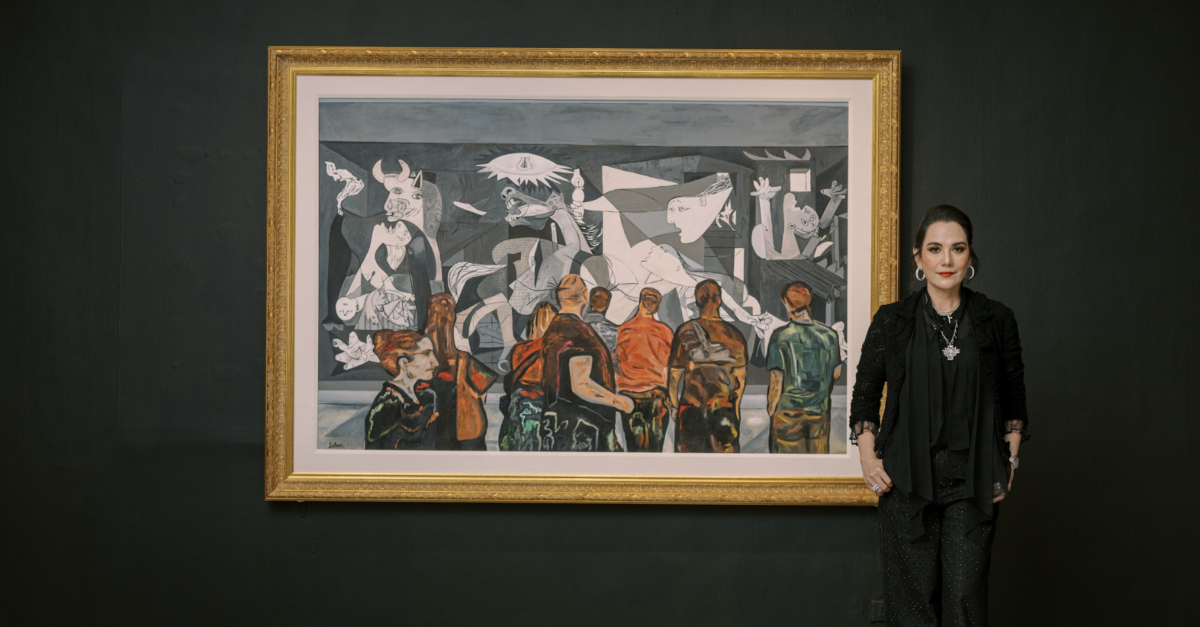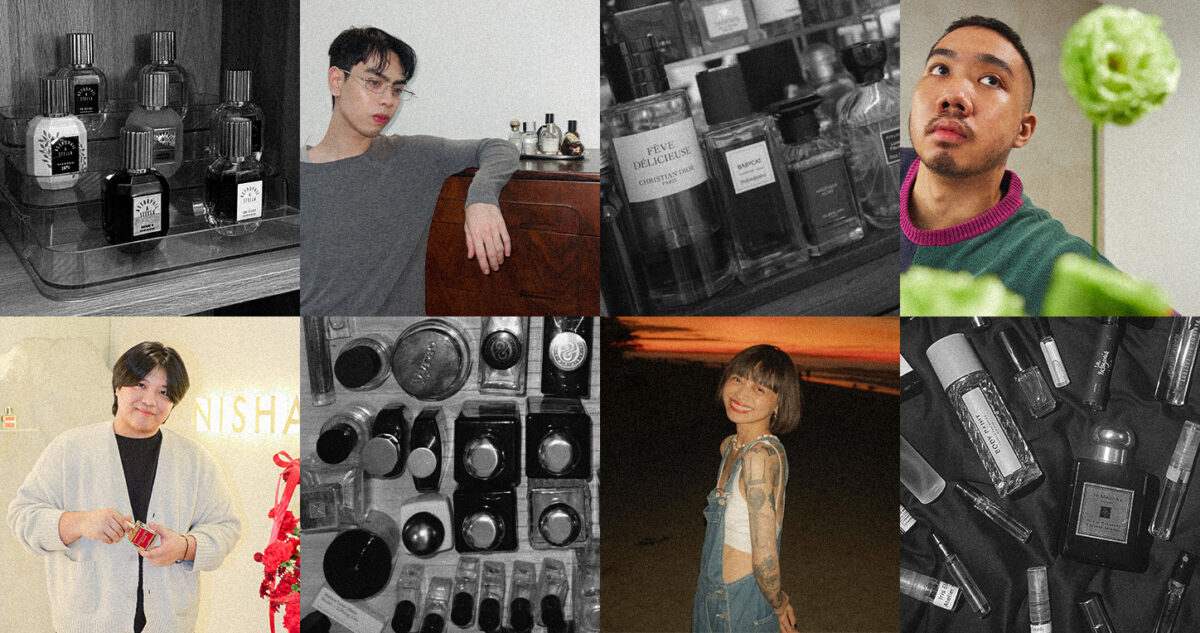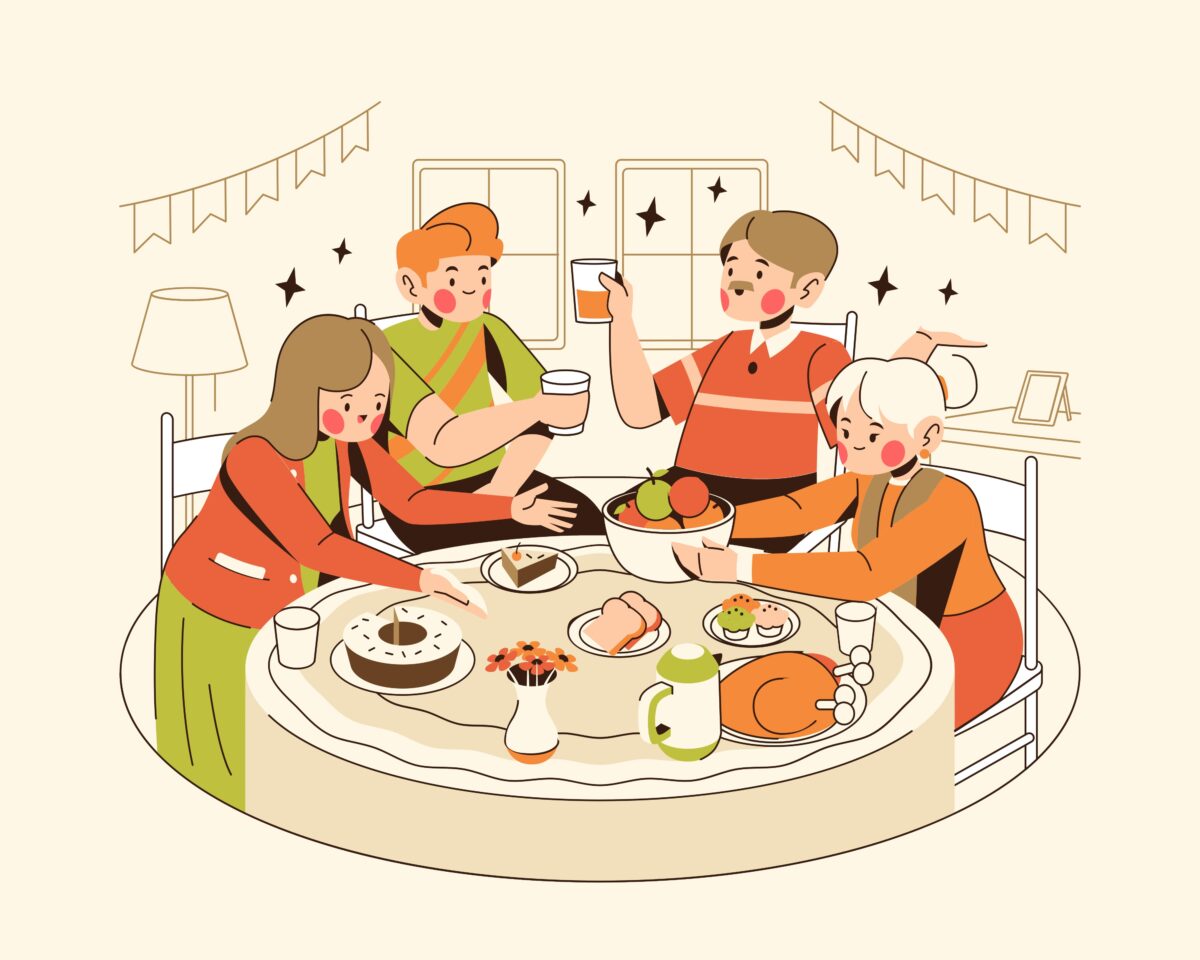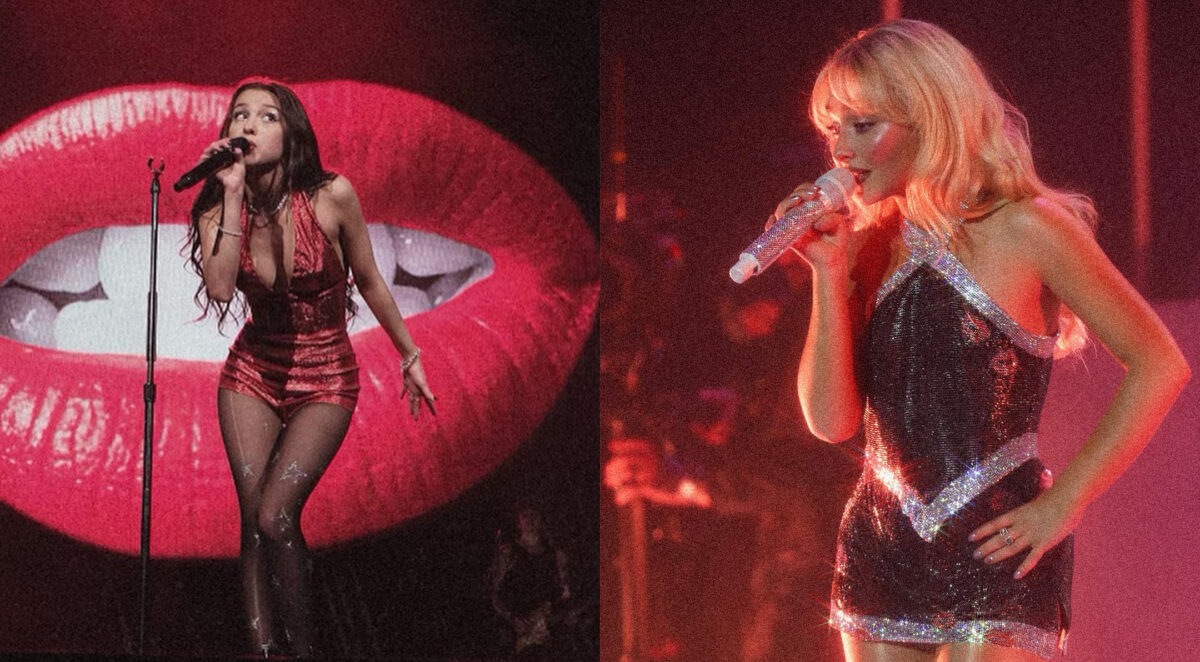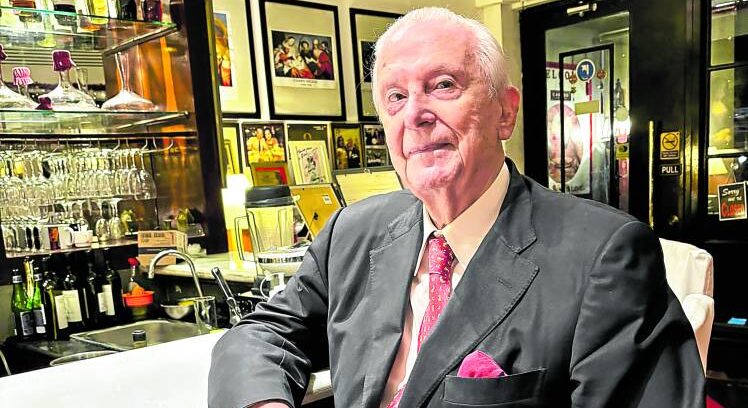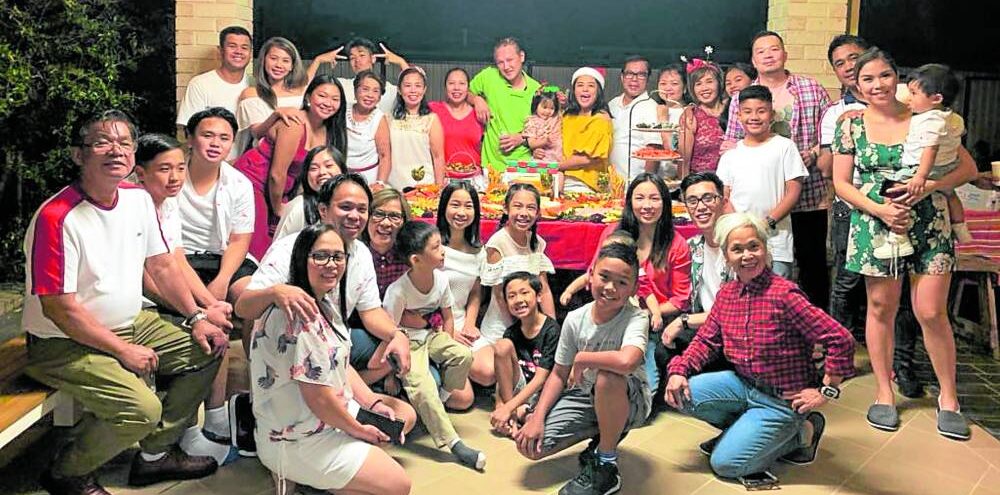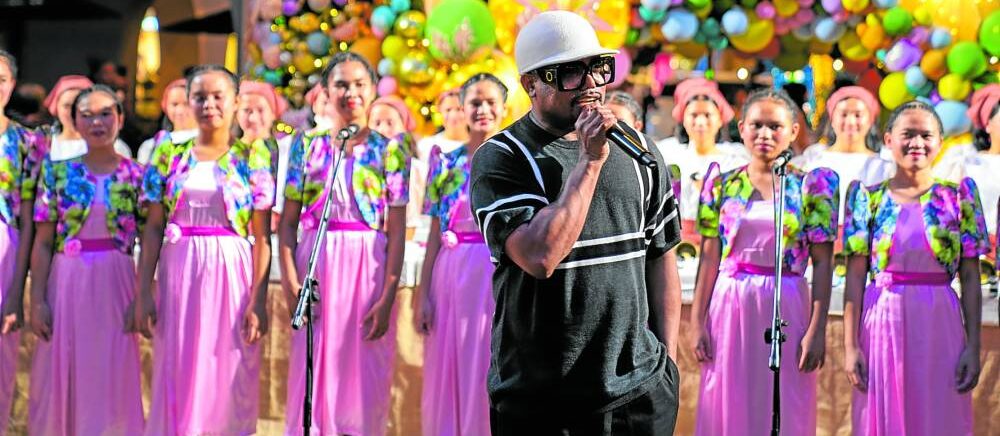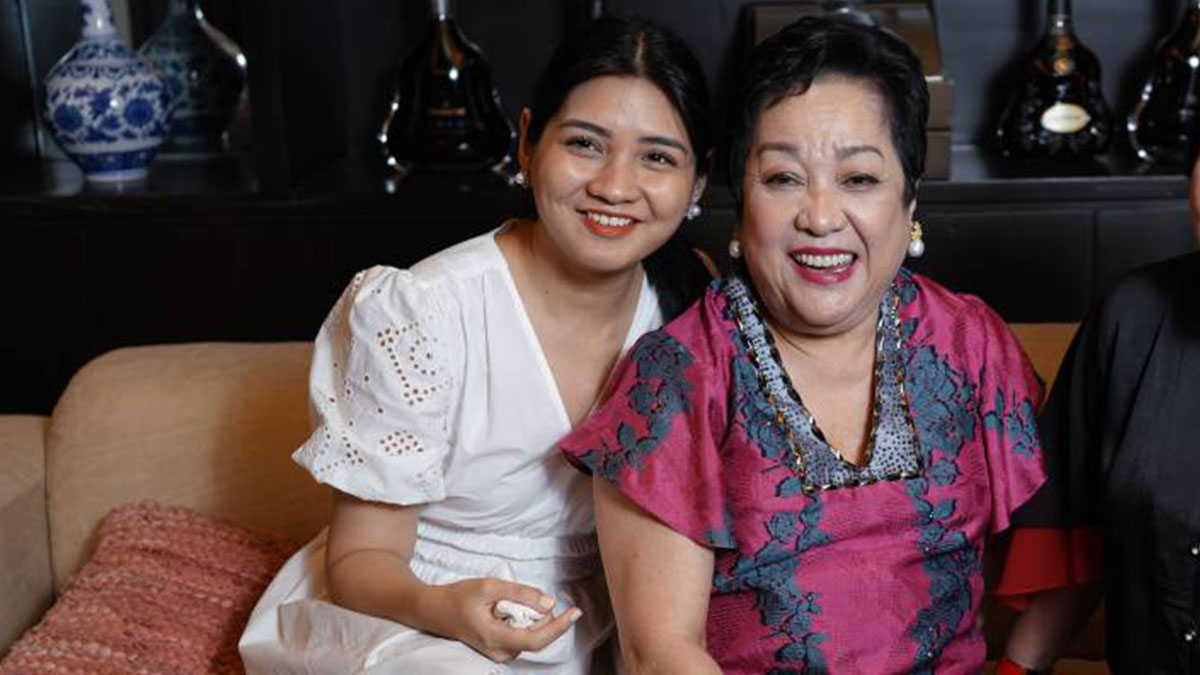“Kabaliwan ito!” laughs Dr. Joven Cuanang.
As an eminent neurologist, he should know. Yet, there is method to it.
From our vantage high atop the roof deck, we have a sweeping view of the lower levels where 170 workmen are putting the finishing touches on the future home of the Pinto Academy: Arts and Sciences for Healing and Wholeness—the latest outgrowth of the evolutionary community the doctor started 16 years ago as a relatively modest art gallery.
Occupying a sprawling 1.5-hectare property in Antipolo, Rizal, the Pinto complex now includes two museums—one for contemporary art and another for indigenous art—a café, an arboretum, and now the Academy, which will open its doors, tomorrow, Feb. 14.
If nothing else, it offers impressive proof of the power of one man’s passion.
“I believe in the saying ‘build it and they will come,’” says Cuanang, former chief medical officer of St. Luke’s Medical Center (now retired), and well-known patron of the arts.
“If you can build a place where people can relate to an idea, things start to happen. I feel that with the state society is in, we need something like this where people can ask themselves: what constitutes a well-lived life? That’s a philosophical question you can answer only if you explore art, science and the humanities.”
Wholeness
The Pinto Academy will be a school for not just the visual arts, but also dance, theater and literature.
It will have a library, an open-air amphitheater, conference rooms, an auditorium and a multitude of spaces for free-flowing public discourse.
The academy will host lectures and seminars on various topics, and hold regular performances by visiting artists.
“The academy will be dedicated to arts and sciences for healing and wholeness, because you cannot dissociate art from science,” says the doctor.
“There is a new branch of the neurosciences called neuroesthetics which studies the way the brain appreciates art, and how art can become part of the healing process. In the end art and science are the highest products of the human brain.”
Cuanang has been fascinated with the connection between art and healing for some time now.
As an officer of St. Luke’s Global, he made sure that artwork became a prominent part of the hospital environment.
Neuroesthetics, he says, points to new therapeutic applications of art, including the treatment of depression, boosting the immune system, pain relief, stress management.
More important, he adds, art can actually promote health.
“A lot of people equate well-being with taking vitamins and pharmaceuticals and doing all sorts of procedures, but it’s really a state of mind,” he says.
“How do you get people to realize that art is part of their wholeness? I want people to realize that the appreciation of art is integral to a well-lived life.”
Share
Originally from Batac, Ilocos Norte, Cuanang developed interest in art during his extensive travels as a young physician. He has since become a foremost art patron, with a fabulous collection of the works of some of the country’s best known contemporary artists.
But unlike many collectors, he feels a deep-seated need to share his passion for art with society at large, hence the Pinto Art Museum. The name itself comes from the Filipino word for “door,” as in a doorway to new possibilities.
“Art has been commodified to the point that collectors buy artworks without seeing them, just on the merit of the artist’s name,” he laments.
“But I want people to realize that the appreciation of art is integral to a well-lived life. We decided to make art accessible to the public. Here we don’t have the traditional ways by which museums regulate the public coming into contact with art. Bakit pa? In the end, art is also ephemeral. Conservation is good, but art is experienced in the mind, and it will live in the minds of people. I am thinking totally out of the box. We are trying to shatter conventions.”
By “we,” Cuanang includes artist Tony Leaño, an original member of the Salingpusa Group most associated with Pinto, who designed and built the structures housing the museums and the academy, as well as Dr. Cuanang’s house, in an organic, eclectic style which has been described as “Ilocano-Mexican.”
Leaño says his design draws on a number of influences, including the bahay na bato ancestral house, Spanish colonial churches, American pueblo and mission architecture, Greek and Balearic houses.
Following ecological principles, the built structures follow the existing terrain and blend with the landscape. Much of the materials used are organic, and whenever possible, recycled from old buildings.
The result is a unique environment that provides a soothing alternative to the ills of modern urban life.
“People are hungry for places to go to,” says Dr. Cuanang. “People like to stay here the whole day. A lot of them express the fact that their stress is relieved when they come here. This is what people should strive for. People should desire a life where they are one with nature and one with art. Hopefully they will want to replicate this in their own environments.”

